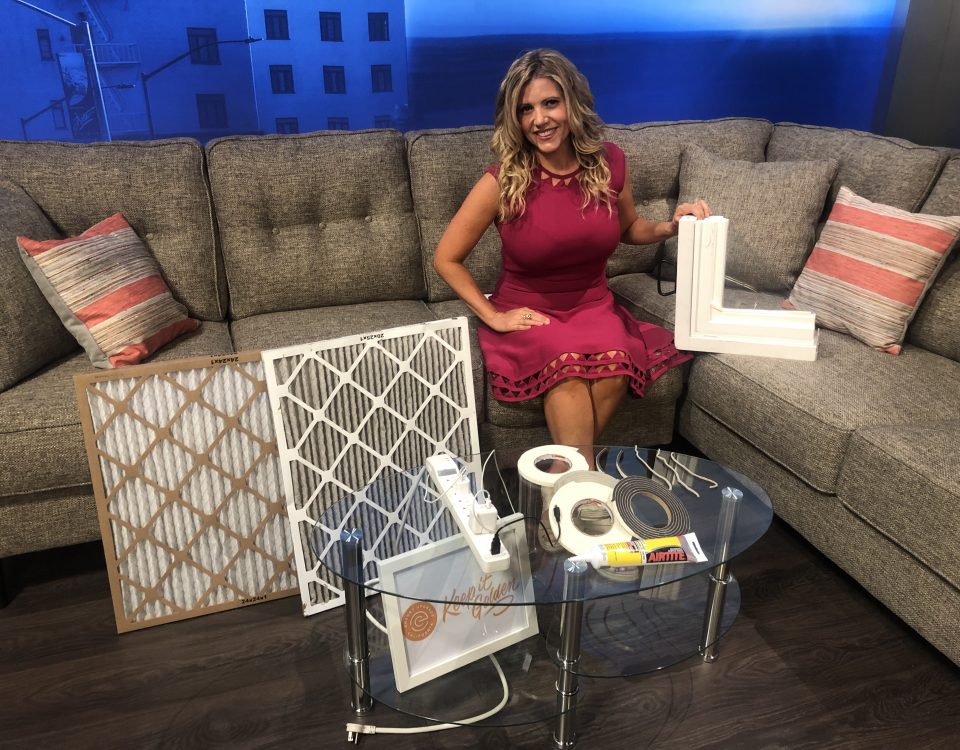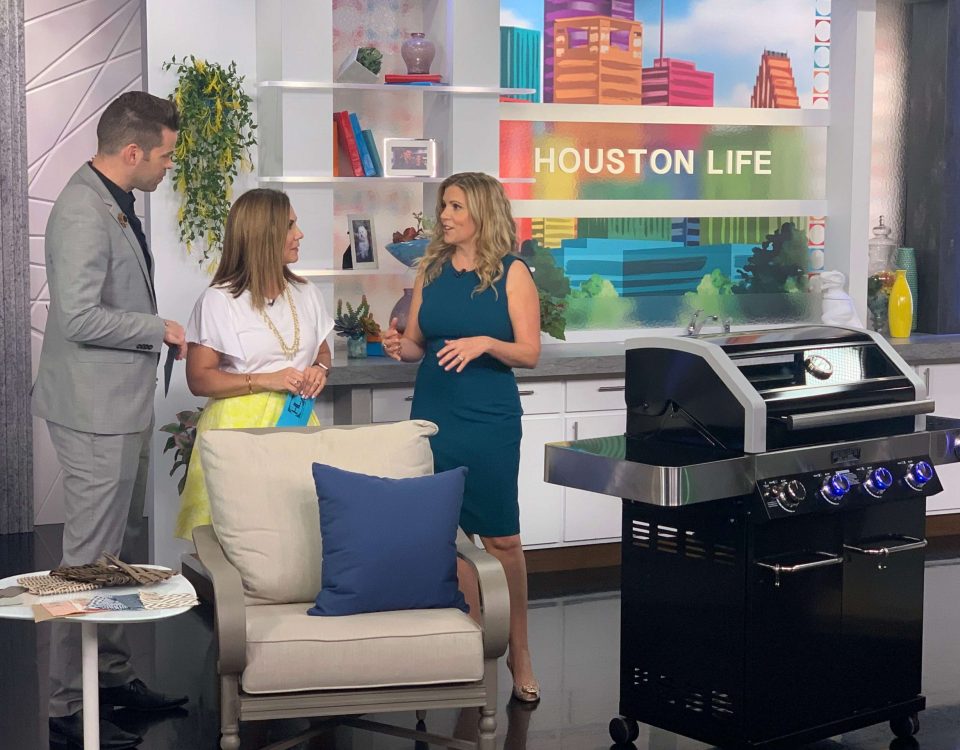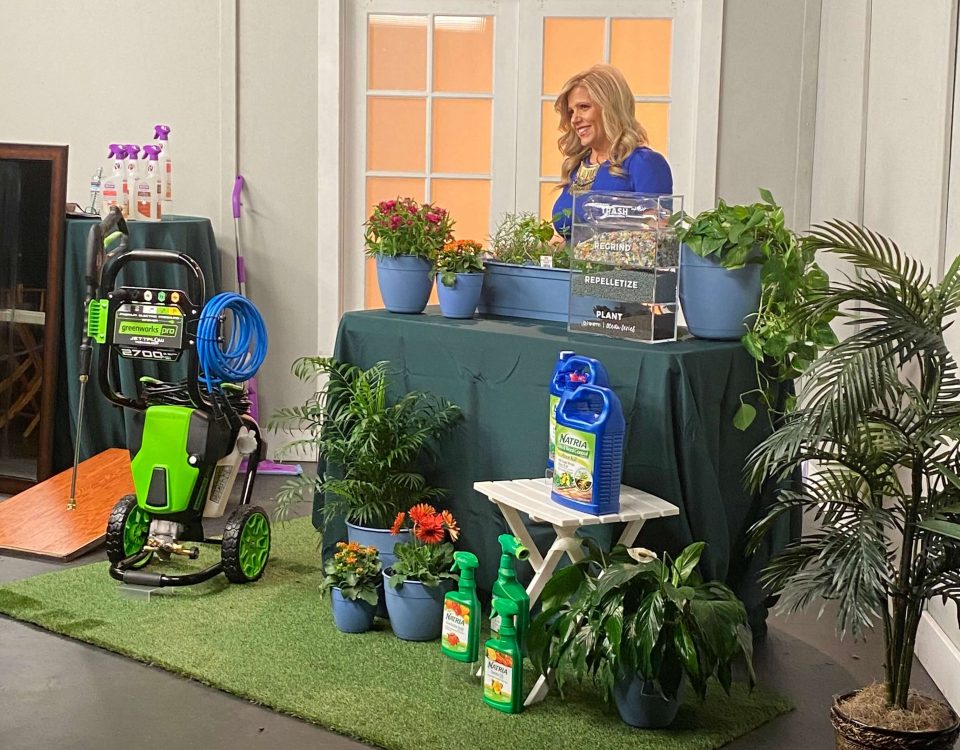October is Fire Prevention Month! The goal of Fire Prevention Month is to raise awareness about fire safety and help ensure your home and family is prepared in the event of an emergency.
The National Fire Protection Association recommends that smoke alarms be installed on every level of the home, including the basement, inside each bedroom and in the main corridors, and carbon monoxide alarms should be installed on each level of the home and in a central location outside each bedroom.
Three of every five home fire deaths result from fires in homes without smoke alarms or with no working smoke alarms, according to the National Fire Protection Association
Known as “the silent killer,” CO poisoning is the number one cause of accidental deaths in the United States – responsible for an average of 450 deaths and more than 20,000 emergency room visits each year, according to the Journal of the American Medical Association.
Install combo Smoke alarms/ Carbon monoxide alarms (One)
- Update to 10-year sealed battery (lasts a decade, for the life of the alarm). With 10-year sealed battery alarms, homeowners no longer need to remember to replace batteries for the life of their alarms. Plus, 10-year alarms eliminate the risk of ever having an alarm deactivated due to battery removal.
- Look for combination smoke/carbon monoxide alarms
- Carbon monoxide is an invisible, odorless and deadly gas that can be produced by any fuel-burning device, such as a furnace or stove.
- A lot of alarms these days have great innovation; voice to tell you what room and a digital display with the temperature
- WHERE:
- The National Fire Protection Association recommends that smoke alarms be installed on every level of the home, including the basement, inside each bedroom and in the main corridors, and carbon monoxide alarms should be installed on each level of the home and in a central location outside each bedroom.
- To put this in perspective, the average-sized home in America – a two-story, three-bedroom house – needs a minimum of five smoke alarms and four carbon monoxide alarms.
Fire extinguishers only work if you know how to use them (Two)
- Having fire extinguishers – and knowing how to use them – is an important part of maintaining a safe home for you and your family. For general protection, it’s best to select a multi-rated extinguisher, that’s capable of handling most types of household fires.
- Fire extinguishers include instructions on proper usage, but a simple way to remember is with the acronym PASS:
- Pull the pin on the extinguisher
- Aim the nozzle low toward the base of the fire
- Squeeze the trigger
- Sweep the nozzle from side-to-side
- Make sure fire extinguishers are readily available near external doors, in the kitchen, basement and garage.
Have an Escape Plan (Three)
- An escape plan is an important part of home safety – as well as practicing it twice a year.
- For loved ones not on the first floor, have an escape ladder to ensure your family is prepared.
- And think about a fire proof safe to protect items you would not want to loose because when a fire starts at home, you should immediately evacuate.




